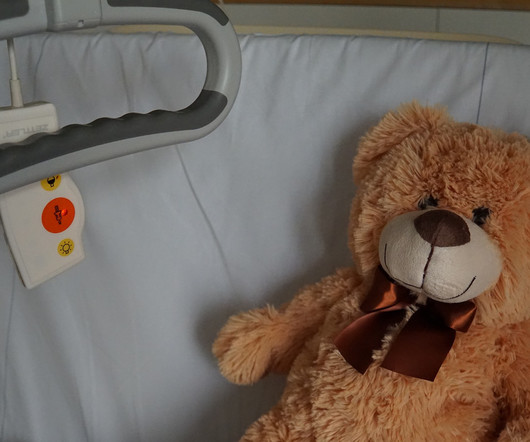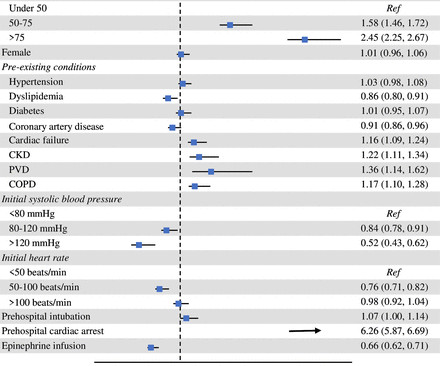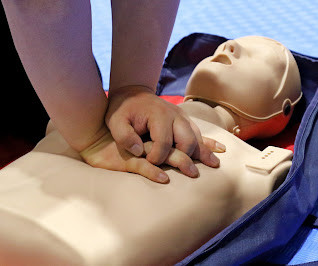Influence of Chest Compression Duration on Pediatric In-Hospital Cardiac Arrest Survival
Cardiology Update
MAY 7, 2024
The impact of chest compression (CC) pause duration on survival outcomes in pediatric in-hospital cardiac arrests remains unclear, despite the American Heart Association’s recommendation to limit pauses to less than 10 seconds for children without solid evidence. Original article: Lauridsen KG et al.













Let's personalize your content